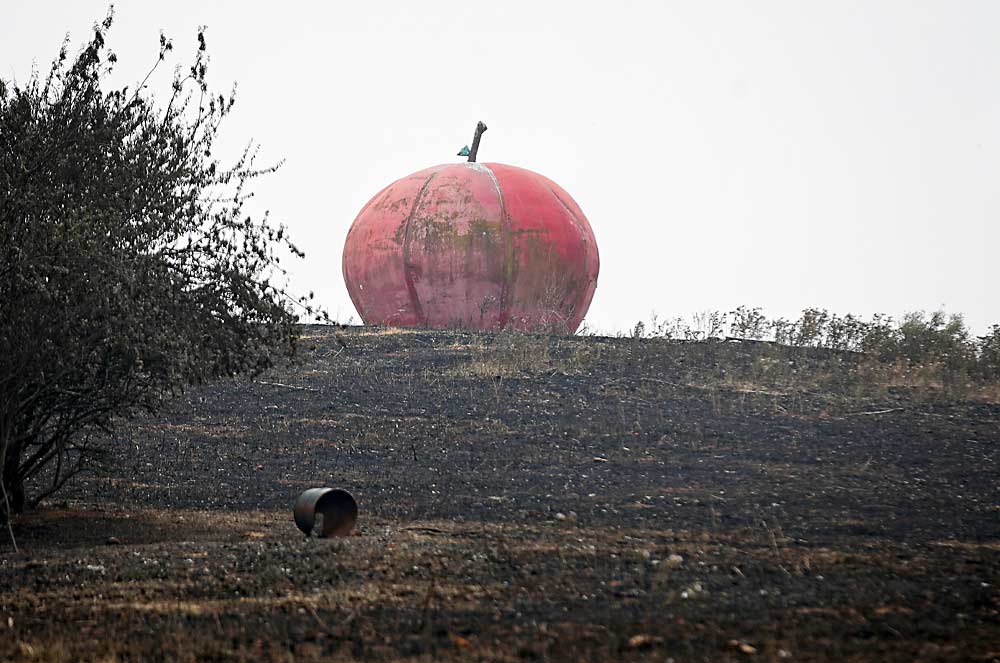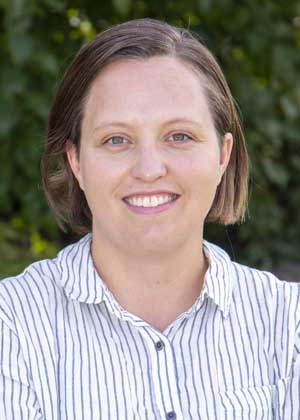
As we researched articles for this issue of the Good Fruit Grower in January, deadly bushfires in southeastern Australia had scorched some 16 million acres, destroying forests, range and farms. Twenty-nine people died, and hundreds lost their homes and their livelihoods.

Wildfires aren’t unusual in Australia, like much of the arid Western United States, but prolonged drought and extreme heat combined to cause unprecedented levels of destruction this year — not unlike the situations faced in North Central Washington in 2015 and California in 2017 and 2018.
Climate change is setting the stage, and experts say such extreme wildfire danger will be increasingly common in coming decades.
So, what does that all mean for fruit growers in fire-prone regions?
“These are not normal bushfires for sure. This level of damage is unheard of,” Jeremy Griffith, the head of government relations and advocacy for Apple and Pear Australia Ltd., told me in late January. Almost 300 hectares of orchards (that’s 740 acres) were impacted by the fires, with the majority in the Batlow region of New South Wales, he said, but assessing the extent of the damage poses a challenge.
“What amazed me is the magnitude of the damage the heat can actually do. It’s extraordinary,” he said. Netting and irrigation lines also melted.
The trees have been exposed to massive heat stress, and while the outside orchard rows have been killed outright, the question is whether the more interior trees will recover or if it’s even worth trying to recover the block, Griffith said. That’s both a physiological and economic question.
Growers, returning to their farms, found a lack of technical information to help them make those sorts of assessments on apple and pear trees, specifically, he added. APAL reached out to experts with Washington State University, who also see the need to develop tree-fruit-specific resources to help the growers — anywhere in the world — who face the next fire, said Karen Lewis with WSU Extension.
The fires capped a challenging year for Australian growers, who now have to get a harvest in after ongoing drought, heat and hail damage. The experience is changing the climate conversation in Australia, and it should in the U.S. as well.
Farmers are in the business of risk management, and climate change rewrites the risks: hotter summers, more variable springs, more drought, higher fire danger and overall less predictability in our weather patterns. It’s the subtext in many of the stories we cover at Good Fruit Grower, from breeding new cultivars to pest and disease management, irrigation and sunburn protection, and will continue to be in the months and years ahead as our industry sees these increasing changes.
When I read reports about the big-picture impact of climate change, the section on agriculture typically includes a nod to farmers’ adaptability. That’s certainly true, but it also seems to gloss over the part about the cost of that adaptability, especially for permanent crops. The cost of a wildfire — or any other impact from our changing climate — is so much more than one lost harvest, and it’s a challenge we will be examining more for you going forward.
Determining and explaining the bushfire cost marks the next challenge for APAL, Griffith said — explaining to the government officials heading bushfire recovery programs about the cost and time it will take orchardists to recover.
Tree fruit growers around the world will be rooting for that recovery and hoping to learn from it.
“The tree fruit industry is a global community, and what happens to one happens to all,” Lewis said. “Wildfires are a global issue and, hopefully, the folks at APAL and WSU can come together to develop scientifically based resources for immediate and long-term assessment.”
—by Kate Prengaman






Leave A Comment